Baseball fields come in many different shapes and sizes, but all baseball fields adhere to some standard layouts and dimensions. The basic components of a baseball field include the infield, outfield, foul lines, dugouts, bullpens, batter’s boxes, and coach’s boxes. While professional fields follow Major League guidelines, youth and amateur fields can vary based on age group and skill level.
For instance, Little League fields often have shorter base paths and fence distances compared to regulation high school, college, or pro fields. Regardless of size, every baseball field should have clearly marked base paths, a backstop, fencing, and proper field surface and maintenance.
This guide will cover standard layouts and dimensions for each area of a baseball field. With some basic knowledge, you can ensure your local field is regulation size and laid out properly for safe, competitive play.
Infield
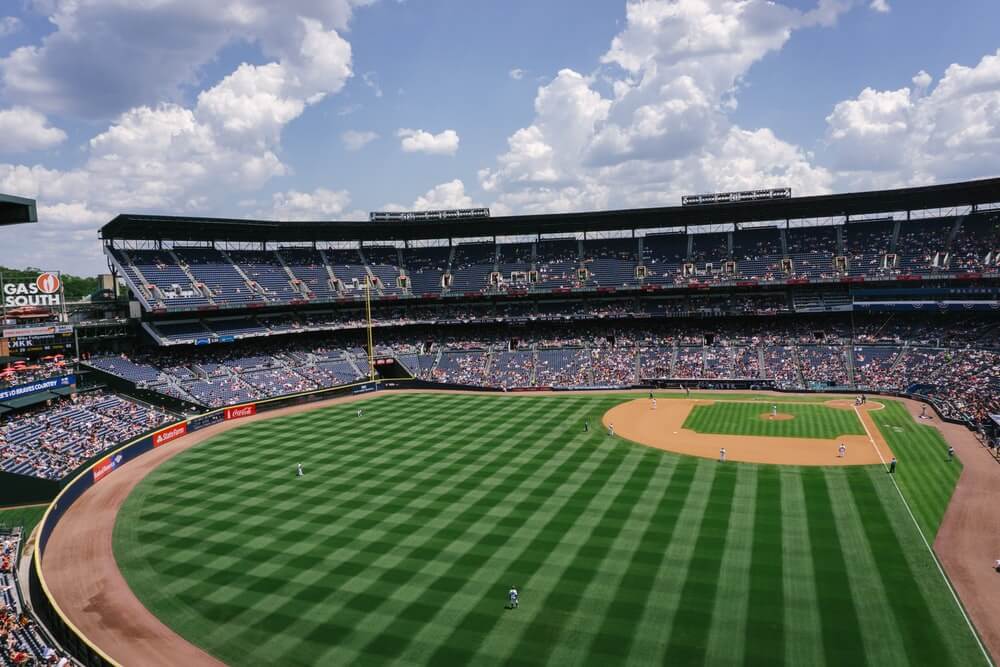
The infield is made up of the diamond and the pitcher’s mound. The diamond contains the four bases – first base, second base, third base, and home plate. Per the official MLB rules, the four bases are arranged in a square pattern that is 90 feet on each side.
Home plate is a five-sided slab of whitened rubber that is 17 inches wide. First, second, and third bases are canvas or rubberized squares that are 15 inches on each side and securely fastened to the ground.
The pitcher’s mound is a raised dirt area located in the center of the infield. It is 18 feet in diameter and stands 10 inches above the level of home plate. The front of the pitcher’s mound is set 60 feet 6 inches away from the rear point of home plate.
Outfield
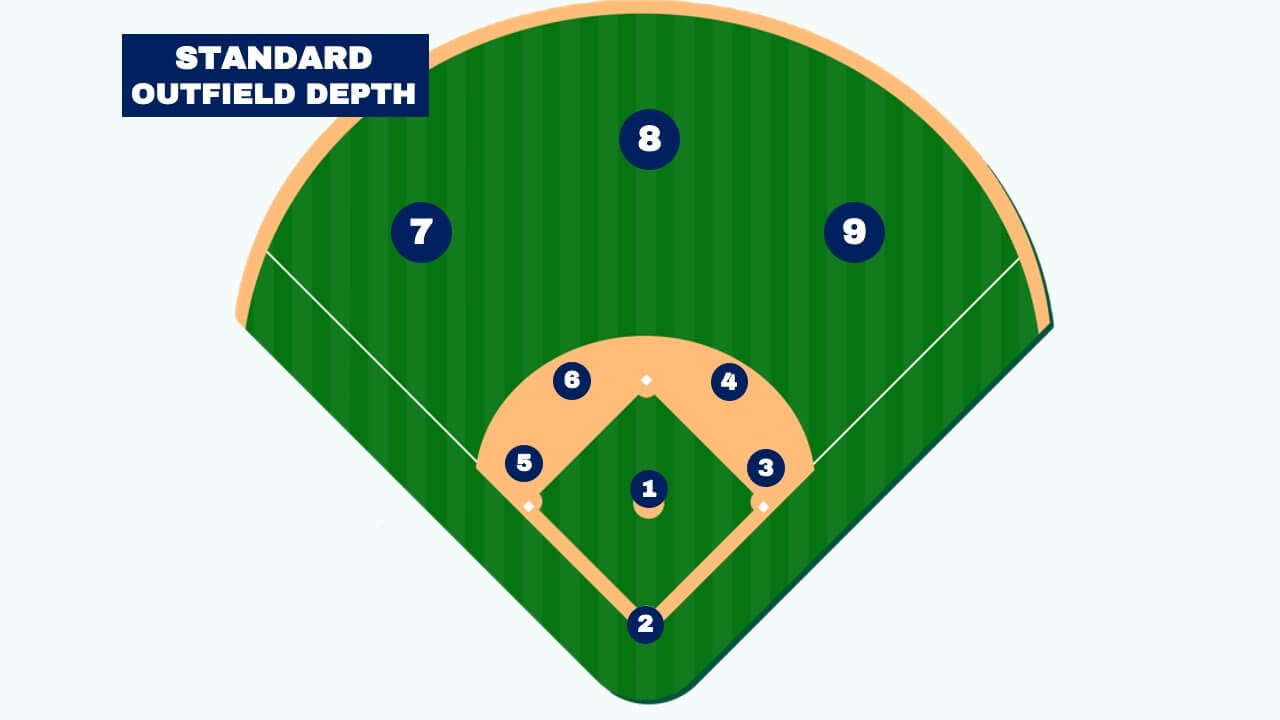
In baseball, the outfield is the grassy area that lies beyond the infield and between the foul lines. The exact dimensions of the outfield can vary significantly from ballpark to ballpark. However, there are some typical guidelines for standard MLB outfield dimensions:
A standard MLB outfield usually has the following dimensions:
- Left Field (LF): 320 feet
- Left-Center and Right-Center (the “power alleys”): 375 feet
- Center Field (CF): 400 feet
- Right Field (RF): 320 feet
The deep center field area is usually the farthest part of the outfield from home plate. Having 400 feet to center field is considered fairly standard, though some ballparks may be a bit larger or smaller. The left and right field lines at 320 feet are also a common distance.
The exact outfield dimensions impact the play on the field. More spacious outfields allow for more room to roam and chase down fly balls. Compact outfields make home runs more common. Teams with speedy outfielders often benefit from larger outfields, while teams with power hitters prefer the shorter porches. Variety in field dimensions is part of what makes each MLB ballpark unique.
Foul Lines

Foul lines are painted white lines that indicate where a batted ball is considered in play or foul. The first base and third base foul lines extend from home plate at a 90 degree angle into the outfield. These lines are drawn with chalk or paint and are typically 4 inches wide.
Foul poles mark the point where the foul lines intersect the outfield wall. The poles are typically painted yellow or orange and are tall enough to be seen above the outfield wall. Foul poles help umpires determine if long fly balls down the line are fair or foul.
Dugouts
Dugouts are typically located in foul territory between home plate and either first or third base. There are two dugouts, one for the home team and one for the visiting team. The dugouts are located on opposite sides of the field and provide seating for players, coaches and team staff when they are not actively on the field during a game.
According to Wikipedia, the home team’s dugout is usually located on the first base side, but this can vary by ballpark. The corner of the dugout closest to home plate should be at least 45 feet away to provide space for on-deck hitters. Dugouts provide shade and protection for players as well as a private area for teams to meet and strategize during games. They typically include bench seating, water coolers, bat racks and more. Proper dugout design and placement is an important consideration when laying out a baseball field.
Bullpens
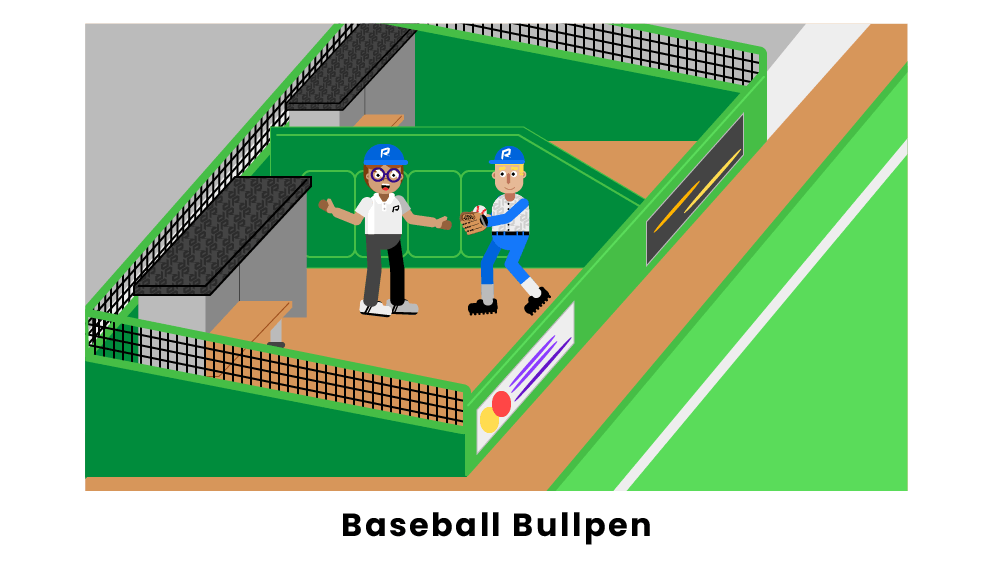
The bullpens, also known as the pitching warm-up areas, are located just beyond the outfield fence in foul territory. Bullpens should be placed outside of fair territory to avoid interfering with live gameplay. Typically, bullpens are situated beyond the outfield fence down the foul lines on either side of the field.
Bullpens contain a pitcher’s mound so that relievers can warm up before entering a game. The bullpen layout includes a regulation pitching mound measuring 10 inches high with an 18 foot diameter circle that extends to home plate. Other key components are a protective screen to block line drives and enough space for relievers to play catch.
Ideally, bullpens allow unobstructed views of the field so pitchers can follow the action. Bullpens should have lighting and be close enough for relievers to see signals from the catcher or manager in the dugout. Easy access to the field through a gate is also standard. Overall, optimal bullpen placement provides pitchers sufficient space to warm up comfortably while allowing clear visibility of the game.
Batter’s Box

The batter’s box is one of the most important parts of a baseball field layout. It is the area where the batter stands when at bat.
The batter’s box has specific chalked lines and dimensions according to official baseball rules. Each batter’s box is 6 feet wide and 4 feet deep, with the inside lines of each box being 6 inches from home plate. The boxes extend 3 feet on either side of home plate. The front line of the batter’s box is 4 feet in front of the center of home plate.
To properly chalk the batter’s boxes:
- Mark the inside lines 6 inches from each side of home plate
- Make the boxes 6 feet wide and 4 feet deep
- Extend the batter’s boxes 3 feet on either side of home plate
- Draw the front line of the boxes 4 feet in front of the center of home plate
Proper batter’s box dimensions give batters room to stride forward and drive the ball, while also keeping them within the strike zone. The boxes are chalked so both the batter and umpire can clearly see the batter’s position relative to the plate.
Coach’s Boxes
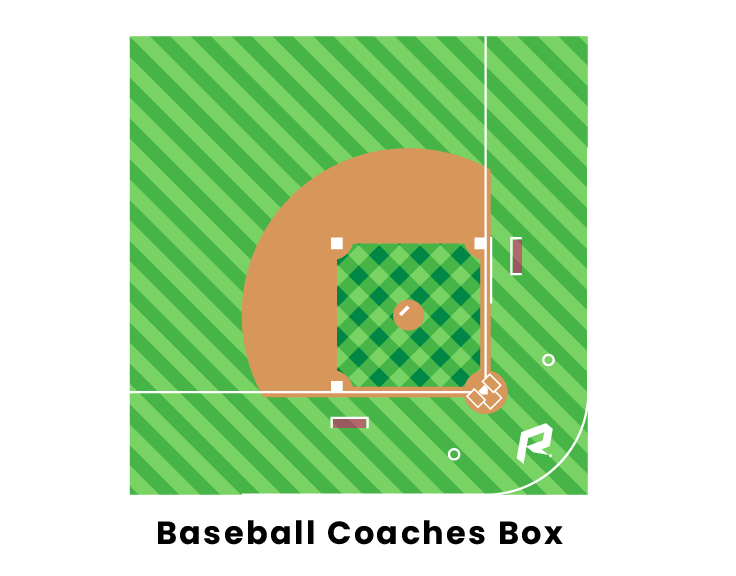
The coach’s boxes are two rectangular areas marked on the field where the first and third base coaches are allowed to stand and give signals to batters and runners. According to the official baseball rules, the coach’s boxes must be 15 feet long and drawn starting at the foul lines. They extend 8 feet towards home plate and 6 feet down the foul lines.
The coach’s boxes provide a designated area on the field for the base coaches to stand without interfering with play. Only one coach is allowed in each coach’s box at a time. The coaches use hand signals and verbal cues from these boxes to direct the batter and base runners. It’s important for coaches to remain in the boxes and not come onto the field, which could obstruct play and potentially cause interference calls [1].
On-Deck Circles
According to the official baseball rules, there are two on-deck circles, one for each team, located outside the foul lines in foul territory. The on-deck circles are typically placed about 5-10 feet behind home plate, between home plate and the respective team’s dugout or bench.
The on-deck circles have a diameter of 5 feet and provide a designated area for the on-deck batter to warm up before their turn at bat [1]. Only one player at a time is permitted in each team’s on-deck circle. The on-deck batter typically warms up with a weighted bat or stretches while waiting for their turn to bat.
Proper on-deck circle placement depends on whether the current batter hits from the left or right side. If the current batter is left-handed, the on-deck batter should be waiting in the circle on the third base side. If the current batter is right-handed, the on-deck batter uses the circle on the first base side. This allows the on-deck batter to be behind the current batter to avoid being struck by a foul ball or wild pitch. The on-deck circles are an important part of the baseball field layout.
Scoreboard
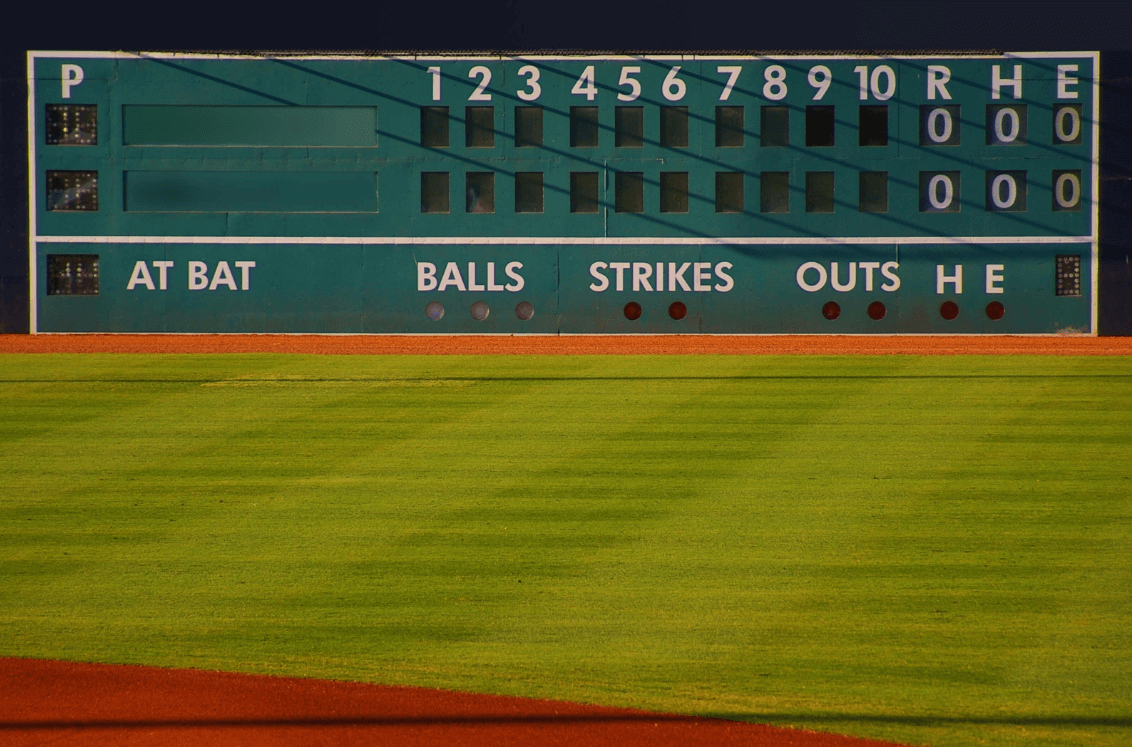
The scoreboard is an essential part of any baseball field. It displays important game information that players, coaches, officials, and spectators need to follow the game. Typically, scoreboards are located behind home plate, centered between the two dugouts. This allows for clear visibility for all participants on the field as well as fans in the stands.
When installing a scoreboard, some key placement guidelines to follow include:
- Centered behind home plate for a direct view from the field and stands
- Positioned high enough that spectators’ views are not obstructed
- Angled to reduce sun glare depending on field orientation
- Securely installed and stable in all weather conditions
- Visible from dugouts, bullpens, and other relevant field locations
Proper scoreboard placement ensures the game information can be clearly seen by all participants and fans alike. Centering it behind home plate at the appropriate height allows for optimal visibility.








